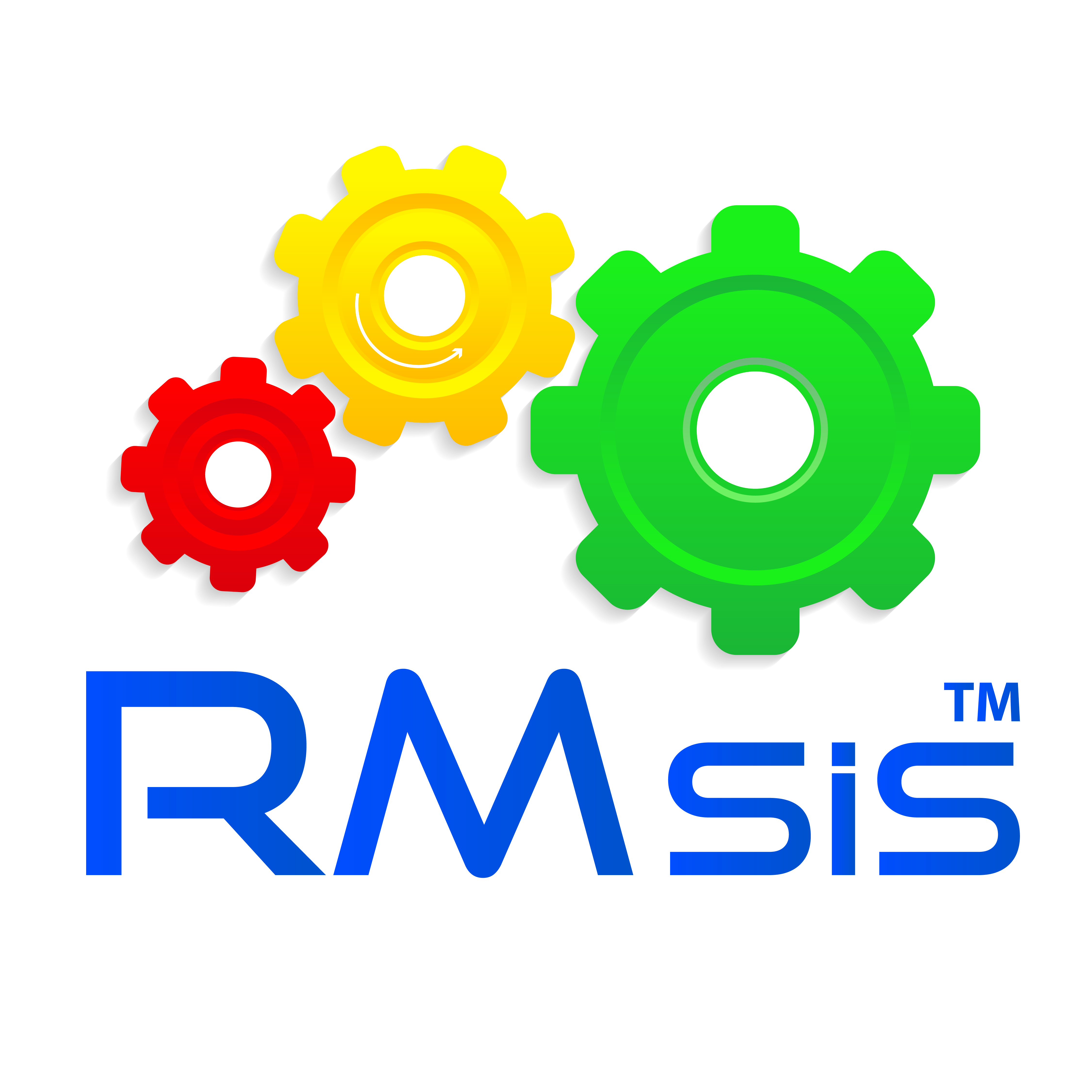

Requirements gathering is the pivotal initial phase in any project, whether it's software development, engineering, or even creative ventures like designing a new product or renovating a space. It's the systematic process of comprehending the project's objectives and why they are essential. While often associated with software development and complex systems like aircraft or automobiles, requirements gathering can be applied to virtually any undertaking.

This process encompasses three main sub-processes:
This stage involves actively engaging with all relevant stakeholders to solicit and gather high-level requirements. It's crucial to consider the perspectives of customers, end-users, internal team members, and suppliers. Through discussions, interviews, surveys, and other techniques, the goal is to capture the full spectrum of needs and expectations.
Once the requirements are collected, they need to be organized and documented in a suitable format. This could include user stories, functional decompositions (especially for intricate systems), or feature descriptions. The output typically takes the form of a comprehensive document such as a Product Requirements Document (PRD) or a System Specification. The purpose of this documentation is to ensure clarity and accessibility for all project team members.
This phase focuses on validating and refining the gathered requirements to ensure a shared understanding among all stakeholders and team members. It involves reviewing the documented requirements, identifying any gaps or ambiguities, and making necessary revisions. This iterative process may require further elicitation efforts and adjustments to the documentation to achieve consensus and alignment.

A robust requirements gathering process offers several significant advantages beyond the obvious benefit of providing a clear roadmap for project development:

The challenges associated with requirements gathering underscore its complexity and importance in project success. Here are some of the key hurdles:

The requirements gathering process is typically six steps, with the core steps falling within the range of three to five. While these steps are often outlined sequentially, they are interrelated and involve significant overlap and iteration, making them better understood as subprocesses rather than distinct phases. Let's delve into two of these sub-processes:
In this crucial step, the aim is to assemble a diverse and comprehensive group of stakeholders who will contribute to the requirements gathering process. This includes representatives from various stakeholder groups such as customers, decision-makers, users, system administrators, internal departments, executives, engineering, marketing, sales, customer support, key suppliers, and partners. It's essential to delve beyond the obvious stakeholders and uncover any hidden parties whose perspectives are valuable. Early meetings should involve probing questions to identify all relevant stakeholder groups and ensure their inclusion in the process. Input from every stakeholder group with vested interests is vital to capture a holistic understanding of project needs.
Defining clear and concise project goals and objectives is fundamental to guiding the requirements gathering process. This step involves articulating the overarching purpose of the project, the desired outcomes for customers, and the business goals of the company. These goals and objectives serve as a framework for decision-making throughout the project lifecycle. They should be documented in a manner that is easily understandable and actionable, with all stakeholders providing their agreement. Each requirement identified should directly contribute to fulfilling a project objective and achieving a stated goal. Any requirement that does not align with these objectives should either be discarded or earmarked for consideration in future project iterations.
Eliciting requirements from stakeholders marks the initial phase of requirements gathering, which is followed by documentation and review. Even within an agile framework, this stage is typically iterative, involving multiple cycles of elicitation, documentation, and confirmation before a comprehensive specification is ready for development.
Elicitation methods vary and may include surveys, questionnaires, and interviews, with the latter becoming more prevalent in later stages. During interviews, active listening is key, accompanied by probing questions and thorough note-taking. After each session, it's crucial to organize and document findings meticulously, ensuring nothing is overlooked.
Once requirements begin to take shape, documentation becomes essential. These requirements should be recorded promptly, using agreed-upon formats such as a Product Requirements Document (PRD), system requirements specification, or a designated requirements management tool. The documentation must be easily accessible to the entire team, facilitating review by stakeholders and ensuring traceability to related documents.
Effective documentation should prioritise clarity and accessibility, employing standardised templates and formats for consistency. These templates streamline the process, enhancing comprehension and navigation for all team members involved in the project.
Confirming requirements is a pivotal step in the requirements gathering process, ensuring alignment and clarity among stakeholders. This involves reviewing each requirement thoroughly with all parties involved to verify that it accurately reflects the intended objectives and that there is a shared understanding. Any ambiguities or inconsistencies should be addressed through revision.
Validation through prototyping and testing is highly recommended whenever feasible. Modern prototyping tools enable the rapid creation of working models, facilitating feasibility, usability, and concept testing. Stakeholder sign-off should be obtained for individual requirements as they are finalised, as well as for the overall specification during a final review.
Prioritising requirements is essential for navigating unforeseen challenges and changes encountered during development. By aligning priorities with project goals and objectives, teams can adapt effectively to shifting circumstances. Many product managers use labels such as "must have," "high want," and "nice to have" to categorise features, but it's also crucial to rank requirements within these categories.
Two primary reasons underscore the importance of prioritisation: time to market and evolving requirements. Schedule delays may necessitate trimming features to meet release deadlines, making it essential to prioritise essential requirements upfront. Additionally, requirements often evolve during implementation, with new needs emerging that may supersede existing ones in terms of priority. Without clear prioritisation , less critical factors may dictate the implementation order, potentially impacting the product's success negatively.
When gathering requirements, it's vital to steer clear of overly simplistic, broad statements. These can obscure nuanced needs and assumptions, leading to misunderstandings. For instance, a statement like "The site shall have a blog" may seem straightforward but could entail various underlying complexities.
To address this, delve deeper into such requirements. Ask probing questions to uncover specifics: How will posts be displayed? What are the author management protocols? How should comments, categories, and tagging be handled? Is an RSS feed necessary?
After gathering responses, it's essential to cross-check them for consistency and clarity. This ensures that all stakeholders share a common understanding. Once clarified, refine these requirements into a more detailed, specific form. This process fosters agreement among stakeholders and mitigates the risk of misinterpretation or oversight.
It's crucial to understand that requirements serve two primary purposes. Firstly, they outline WHAT the product must achieve, known as functional requirements. Secondly, they establish constraints on HOW the product operates, referred to as non-functional requirements.
It's important to note that requirements should not delve into the specifics of HOW the product accomplishes its tasks. Instead, the specification should remain implementation-agnostic within the parameters set by non-functional requirements.
During the elicitation phase, it's advisable to refrain from focusing on implementation details. Avoid getting caught up in the latest technologies or features; rather, concentrate on understanding stakeholders' needs. Listening attentively to stakeholder feedback is paramount.
Once requirements have been gathered, reviewed, and refined, the next step involves identifying any gaps in the baseline. It's then crucial to determine which technologies align with customers' and stakeholders' true desires and needs. This approach ensures that the final product effectively meets expectations while remaining adaptable to changing technological landscapes.
Effective stakeholder consultation is paramount in the requirements gathering process, yet it's a common oversight for systems engineers and product managers. Here's how to navigate this critical aspect successfully:

What’s different about requirements gathering for Agile?
First, agile teams expect to move quickly, so requirements management solutions must meet developers' needs for speed.
Transparency is another priority. Requirements documentation must be constantly up-to-date, easily annotated, and provide clear traceability.
Both of these needs make Word documents and Excel spreadsheets poor RM choices for agile teams. Their static nature makes them tedious to update and cumbersome to share. Those drawbacks make it difficult to give everyone fast access to the latest configuration and keep them all on the same page. Plus, docs and spreadsheets don’t provide native features for annotation and traceability.
Requirement management products like RMsis help Agile teams streamline requirements gathering and collaboratively manage requirements in real-time throughout the product development process.
Are you working in an Agile development environment? See how RMsis by Optimizory can streamline requirements gathering and management by downloading our software.

Most mature requirements management application for Jira.